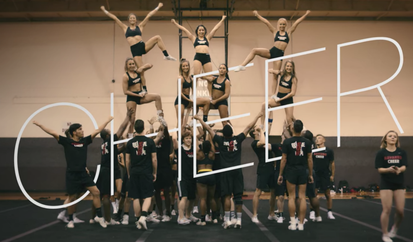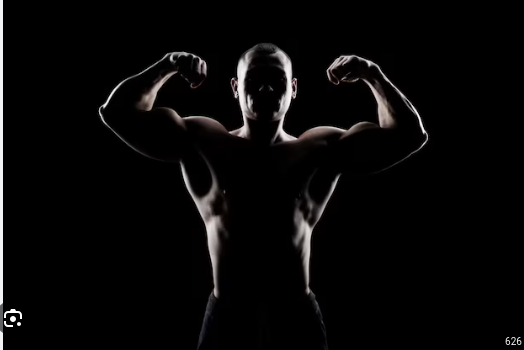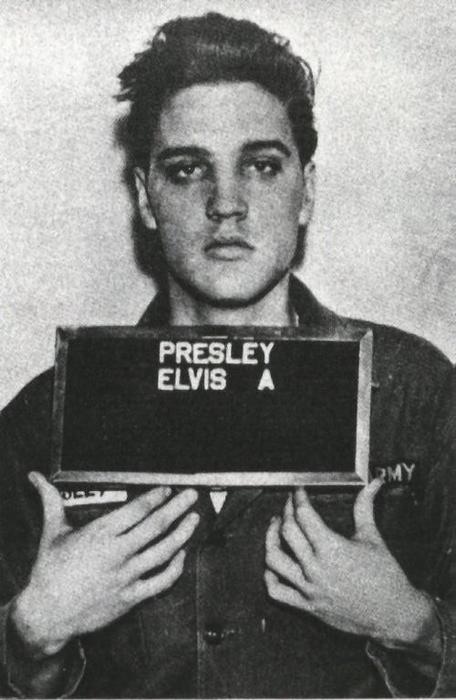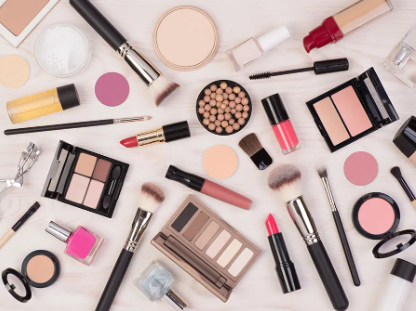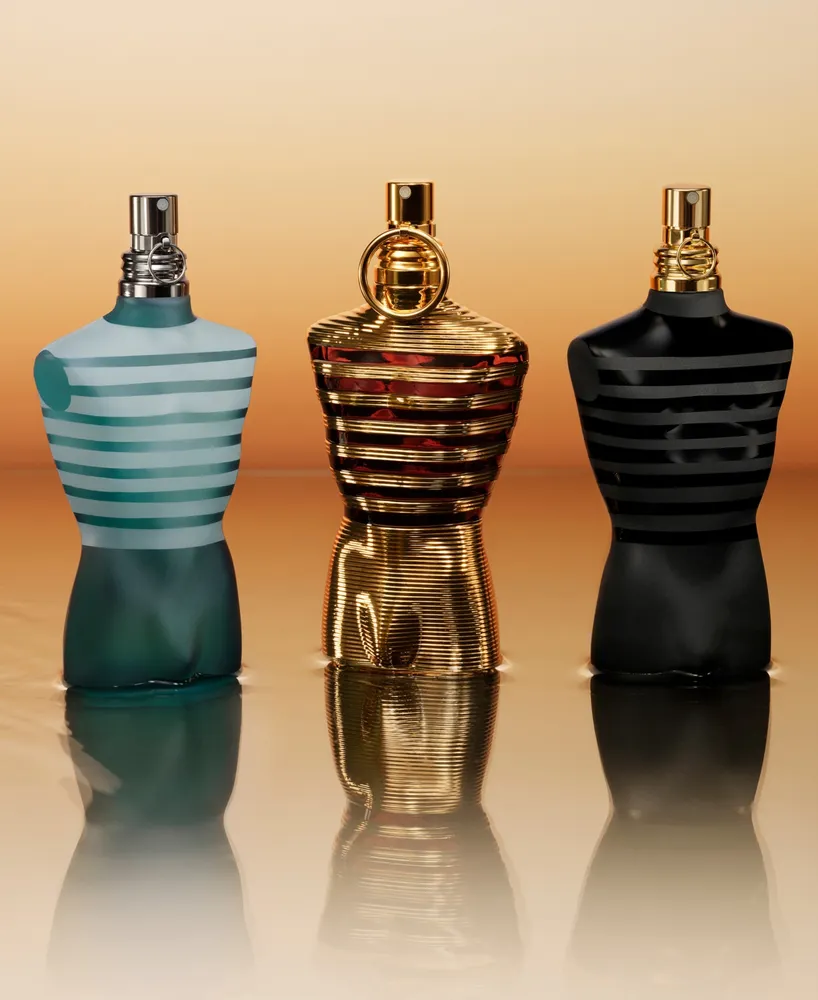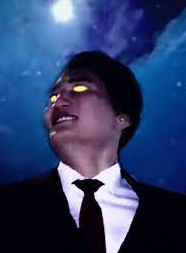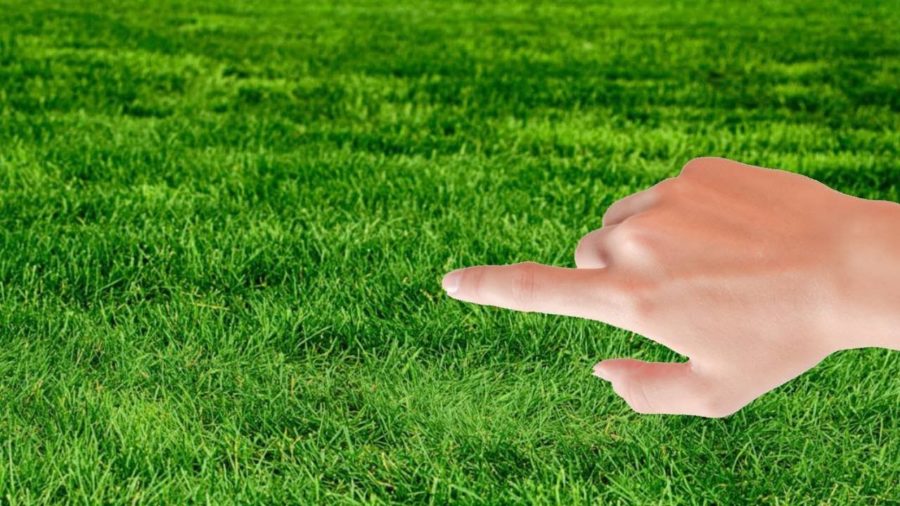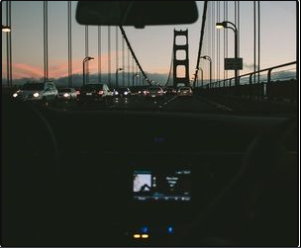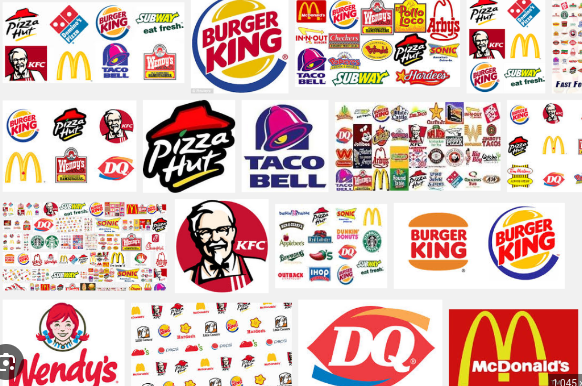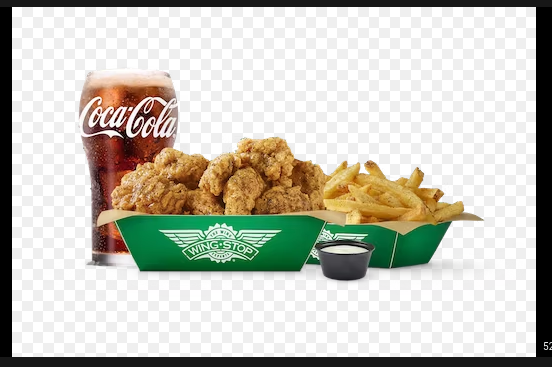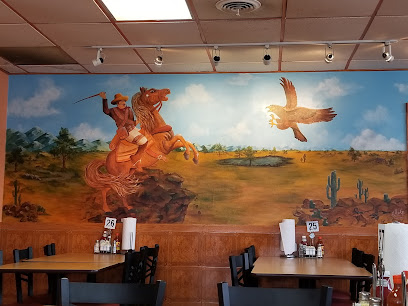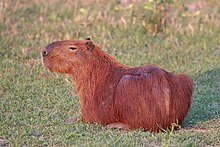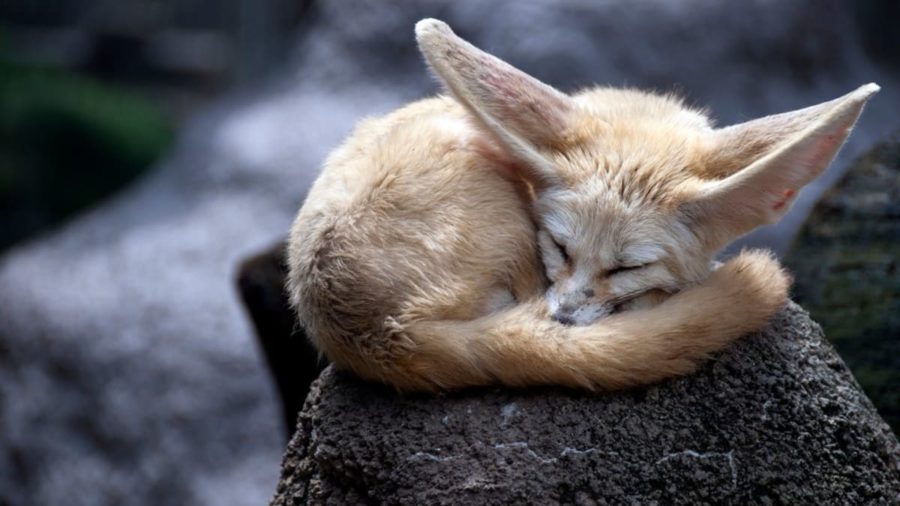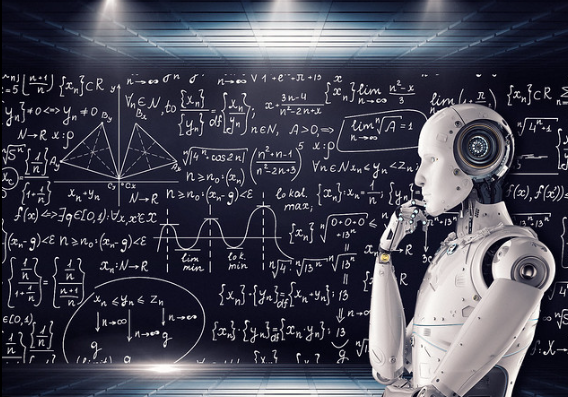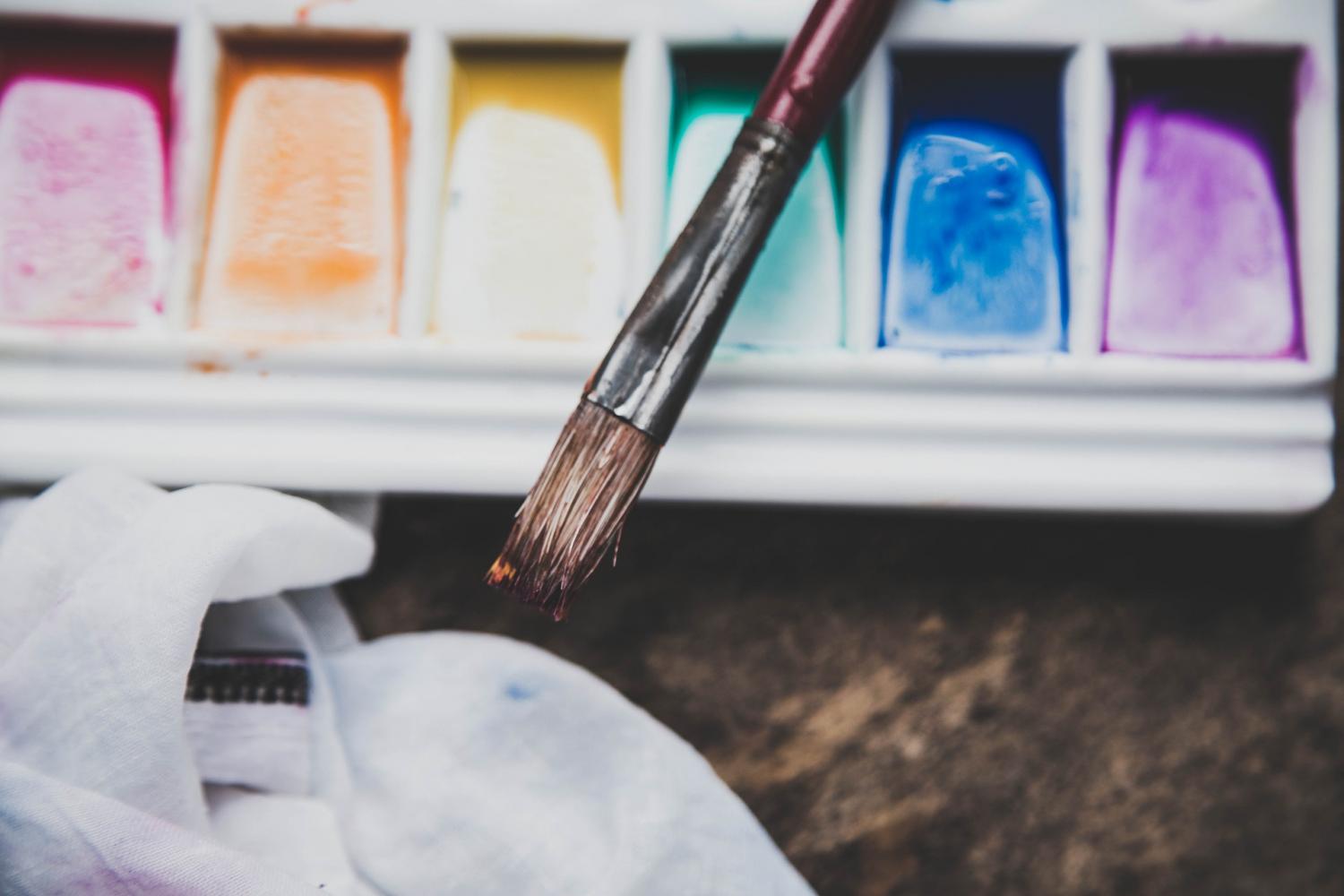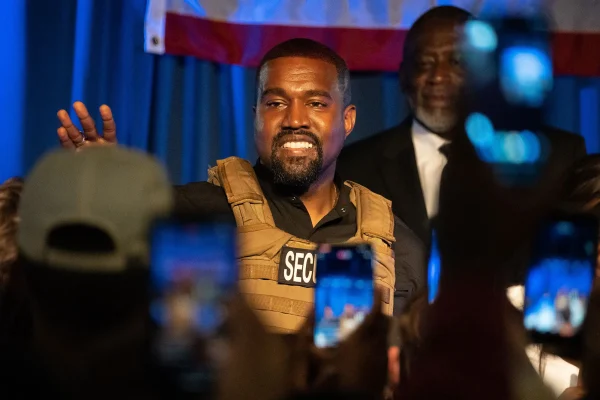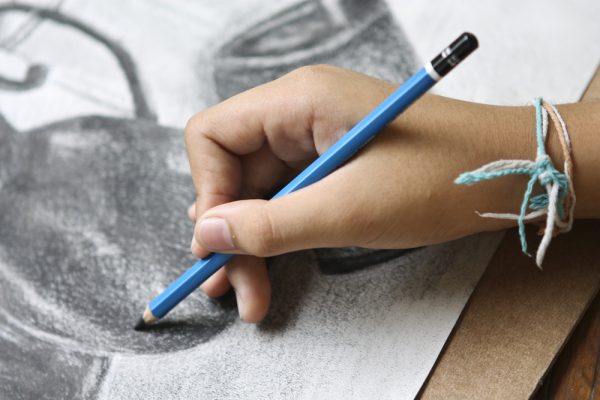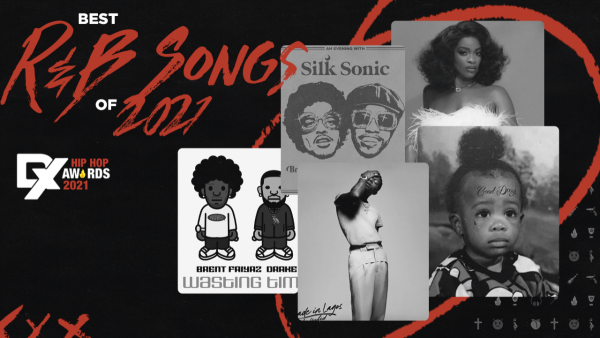Behind the Picture: Patterns and Emotions
September 13, 2017
Art has been a part of human culture for centuries, from paintings on a cave wall to drawings in a sketchbook now. But one question still stands: why does art appeal to the human eye, and why do we create art?
It is known that humans are drawn to anything that they can connect to. That’s why we seek friends that have our same interests, and also why we seem to be drawn to pieces of art that relate to us on a deep level. As said by a reader of ThoughtCo, “A painting should evoke a thought, a memory or idea to the viewer.” Normally, when you go to an art gallery, the pieces of art that you like the most are the ones that “speak to you.” It may be the colors, or the facial expressions, or the overall feel of the painting, but either way, you’re drawn to it. This overall attraction is why we enjoy art. Studies show that humans are attracted to patterns. Take artist Andy Warhol. His art features the same object multiple times, as shown in one of his most famous art pieces, the Campbell’s soup can.
The Campbell’s Soup Can became increasingly popular, and is still featured in museums.

With that fact, there’s only one question to ask: Why do we make art? If we love the outcome, what motivates us to create? It seems everyone asks this question, including some artists. Most artists respond that they create art for themselves; it gives them a way to express their emotions and record what is going on with them. Other artists do it for the purpose of others and to make others happy. There are plenty of artists that make art solely on the fact that others will enjoy and benefit from it. This motivation to create art for others or ourselves is what drives us to do anything, including making art. Without this motivation and reason to make art, it is impossible to make art.

